What Is The JCB Seal? Exploring Biver’s Extreme Finishing Standards
Biver takes Neoclassic horology and turns it up to 11.
In any passion, there’s a defining moment. An event, a meetup, a piece of content that sticks with your brain. Something that marks the point of no return on your journey to infinite obsession. The door to the rabbit hole closes with a thud behind you.
For me, that moment happened a few years ago, as I was scrolling this little-known site called Hodinkee. Don’t be embarrassed if you haven’t heard of it. I was just getting into watches at the time, and I stumbled upon a video that has seared itself firmly into my brain, like a cow getting branded with a red-hot piece of iron. I can remember it clearly.
It was an early "Talking Watches" episode, not the obvious one with John Mayer, but the one where Ben Clymer interviews watch industry god Jean-Claude Biver. The episode was shot in Biver’s eclectic home, and was filled with stories about his early days in business, the watches he’s collected and his art collection. It’s a hell of a video, and although he often sounds like he’s swallowed a bucket of gravel, his rants are infectious. This is a man who loves the watch industry dearly. His history with brands like Hublot, Omega and Blancpain (of which he purchased for 22k CHF in 1982) is incredible. Perhaps I’ll tell those stories another time.
One moment from the video stood out to me most. When he showed off the Hublot minute repeater he was wearing, he had a huge grin on his face. It's the same look that my son gives me when he shows me some complex Lego contraptions. How cool is it that a man with infinite access to watches, who has truly seen it all, still gets that excited about the industry he’s been in for over 30 years? It shows that he’s in it for the right reasons.
Since then, I’ve watched every video of Jean-Claude Biver I could find and enjoyed his huge personality almost as much as the watches he talks about. After my infinite binge, it seemed to me like commentary and consultation were going to be his final contribution to the watch industry. In 2023, however, he announced his own brand with his son Pierre.
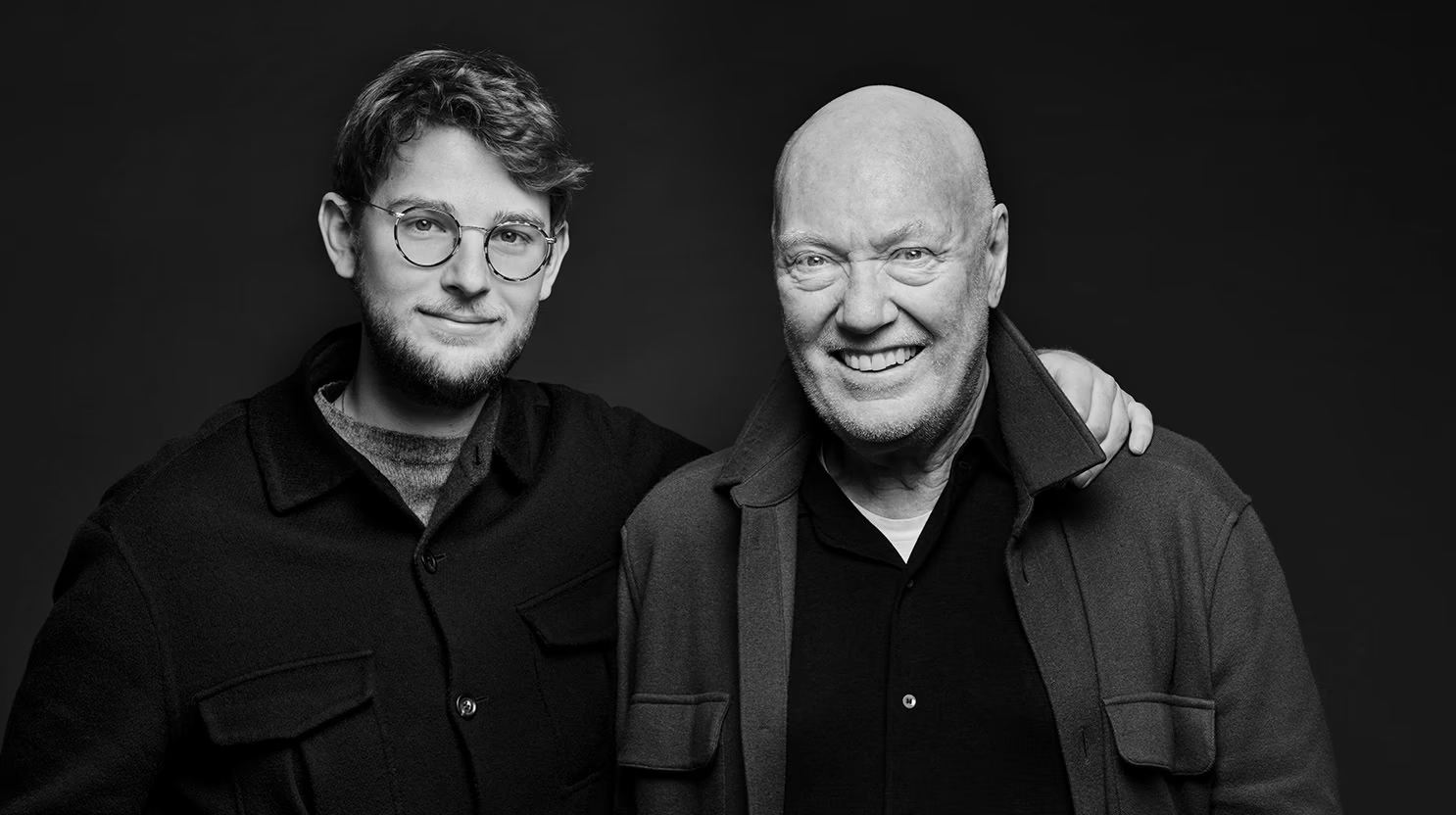
Thank god, more Jean-Claude to come!
The brand, named ‘Biver’ obviously, is a distillation of the founder's experience over the last few decades. The first watch, the Carrillon Tourbillon, was an absolute showstopper.
I always thought that to start a brand, one would begin with a simple watch, something accessible to bring people in. Mr Biver, with his balls of steel, launched his brand with a minute repeating tourbillon. Big moves.
"At the heart of our watchmaking philosophy beats an unwavering commitment to reaching the pinnacle of the watchmaking art" - Jean Claude Biver
What Is The Jean-Claude Biver Seal?
Before we get into the meat pie of this article (that will make sense later), I want to talk about watch certifications. You see, the term ‘Swiss Made’ has been a contentious one over the years. How much of a watch actually has to be made in Switzerland, where must the parts come from, and what does the term mean anyway? To clear all this up and add a bit of transparency to a famously secretive industry, certifications were created. Incorporating provenance, accuracy and craftsmanship standards, these ‘Seals’ are a guarantee that your watch is made to a specific standard, and in a specific place. The Geneva Seal (Poinçon de Genève) is the most well-known among high-end brands and is a third-party certification organisation. Rolex has its own, the Superlative Chronometer Certification, and Patek Philippe famously dropped the Geneva Seal in favour of their own ‘Patek Philippe Seal’ in 2009. It’s an interesting, mostly self-governed side of the industry that attempts to ensure collectors are getting what they pay for.
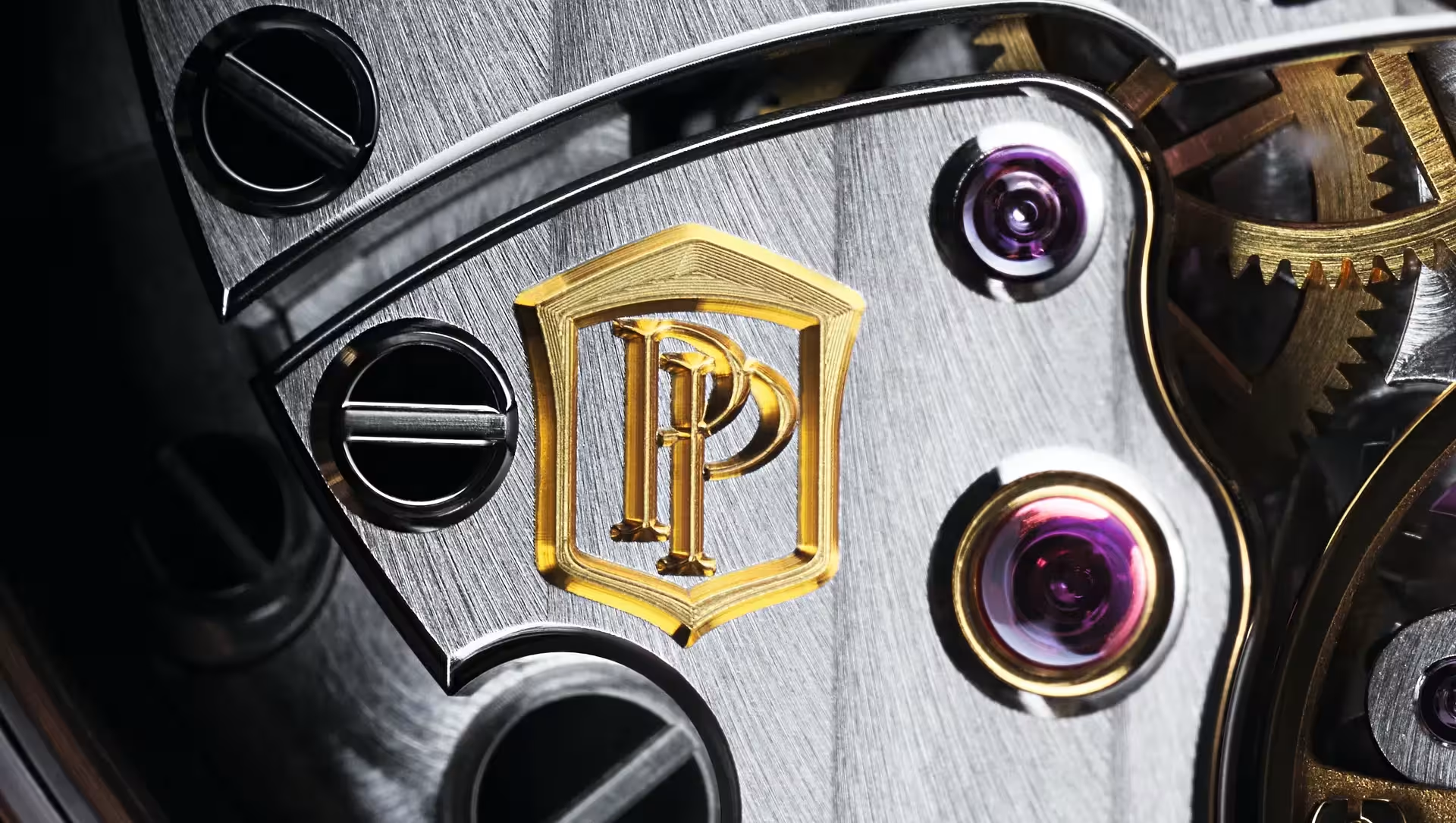
What I find interesting about the Biver, apart from their bonkers design and watchmaking firepower, is that instead of opting for an existing certification for their watches, they decided to come up with their own set of standards, like Rolex and Patek. At first, this reminded me of those pie shops in rural Australia that stamp their windows with ‘Best pies in Tallarook 2002-2004’. Firstly, who is certifying these pies, and secondly, how many pie shops are in Tallarook? If you’re in charge of your own certification, then you can make it whatever you want, right? I make the best pies by a 34-year-old watch writer in Melbourne. It’s true.
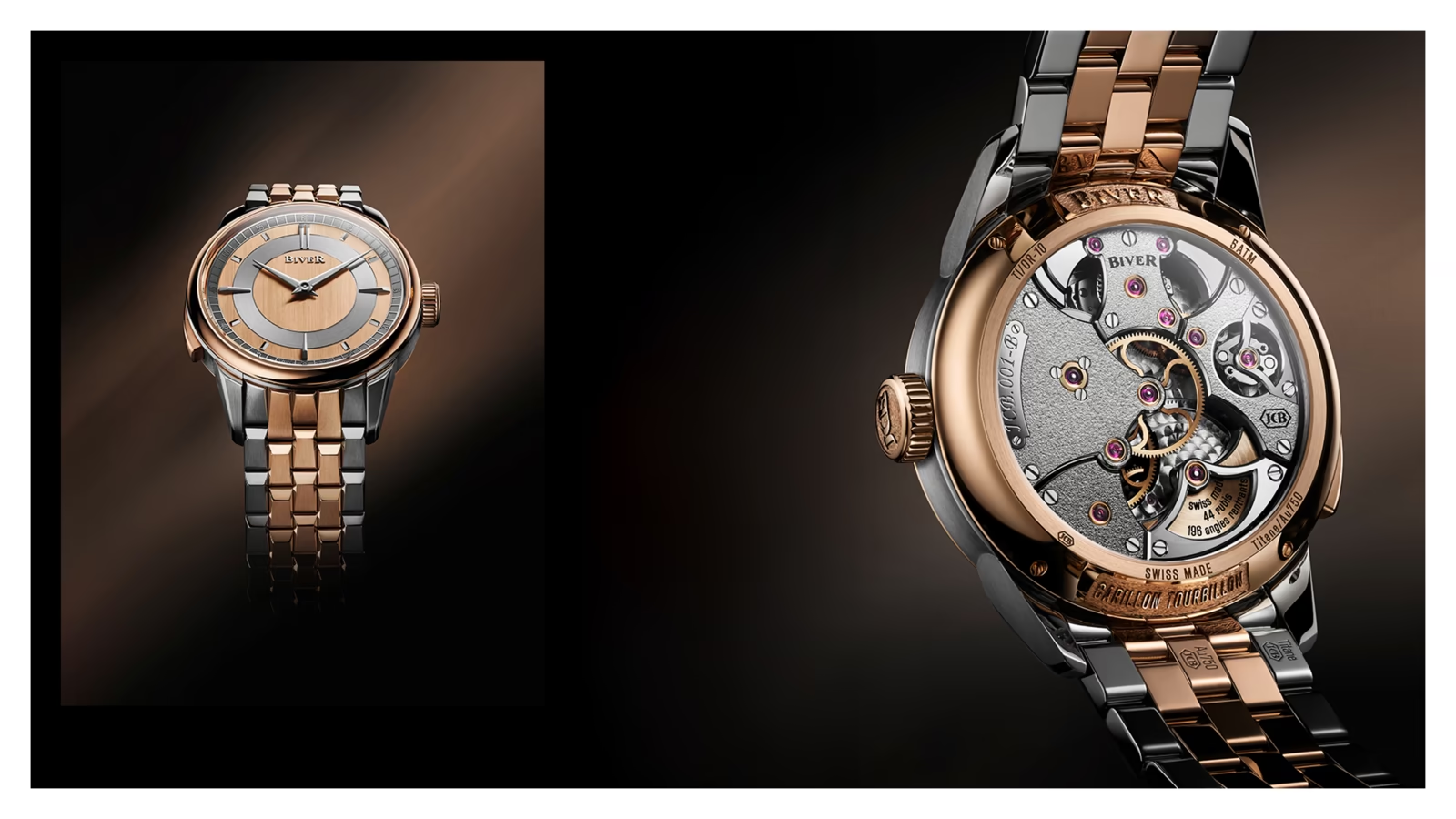
The industry standard (for watches, not pies), the Geneva Seal, is comprised of 12 criteria that a watch movement must meet to achieve the certification. It includes things like finishing, construction, accuracy and the location it was made. It doesn’t, however, include set exterior rules, and is vague when it comes to the finishing standards required. In comparison, the JCB Seal, as they’re calling it, is far more in-depth. Reading through its criteria feels like having a watchmaking encyclopaedia crammed into your brain. It shows that Jean-Claude and Pierrre aren’t willing to compromise with their brand. They’ve gone all in like ordering a family-sized meat pie, sauce and chips.
"We like the tension that exists between extravagance and elegance, brutalism and refinement, the traditional and the contemporary. This is our identity and vision." - Pierre Biver
I’ll put the full list of the JCB Seal criteria at the end of this article. If I deep dive into all of them, you’ll be here for hours. I’ll focus on what I find most interesting.
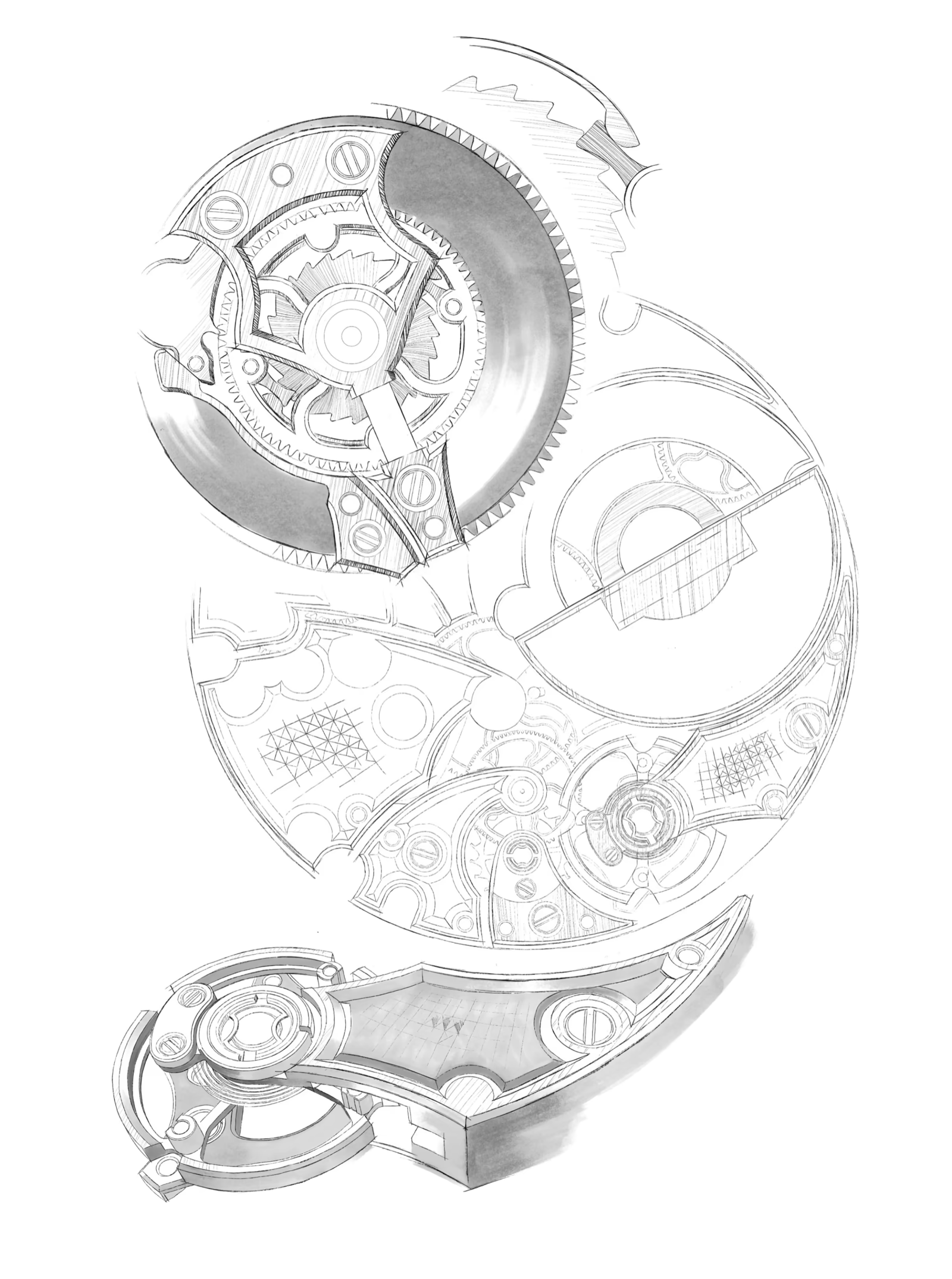
Wheels are to be cut after the decoration has been applied (no galvanic treatment of the toothing).
This is a precision-based requirement that just boggles the mind. In an effort to reduce distortion or marking in the teeth of a wheel, the folks at Biver finish the entire thing before cutting. This ensures there are no blemishes, scratches or residue left over from the finishing process. Anything that rubs between teeth can throw a spanner in the works, if you know what I mean. Galvanic treatment is also avoided as it will alter the size of the part ever so slightly. Throwing off the balance of the wheel. Another spanner better avoided.
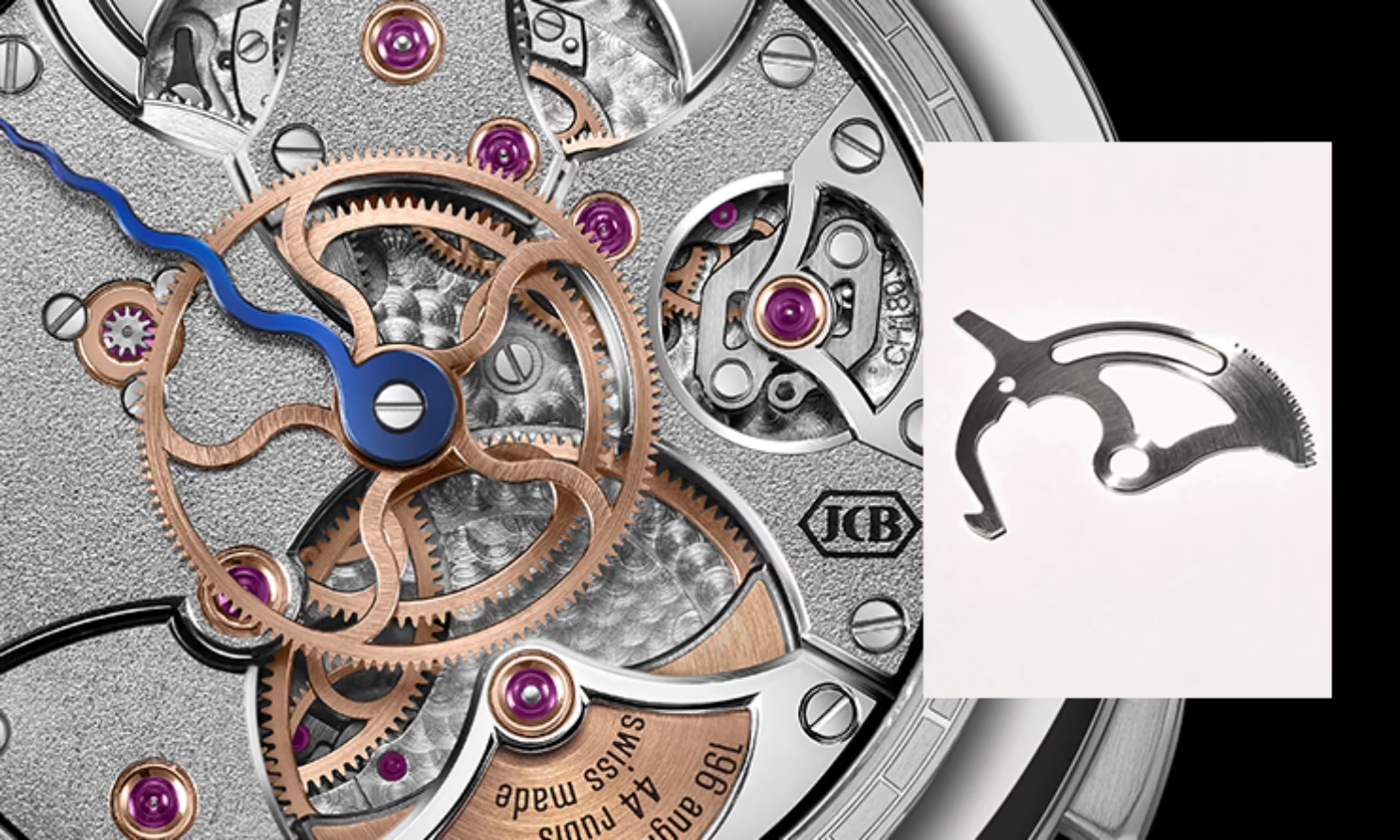
Screw foot ends must be dome-polished.
This is wild. The end of the screw that is driven into a plate must be polished. You will never see this; in fact, these dome-polished screw feet will just sit in the dark for most of their lives. Needless to say, I’m a lunatic and would tell all my friends about it.
Tourbillon components are preferably made of titanium to minimize the tourbillon’s weight and improve chronometric performance.
This is another one of those decisions that the end wearer will likely not notice. However, as a mechanical engineering concept, centrifugal force and rotating mass are very interesting. Having a lightweight tourbillon cage will reduce the amount of energy required to move it, making the watch as a whole more efficient and more stable. Biver’s tourbillon only rotates once every 60 seconds, so admittedly, the centrifugal and rotational force generated is extremely small, but we’re talking about high horology here. Every Detail Matters.
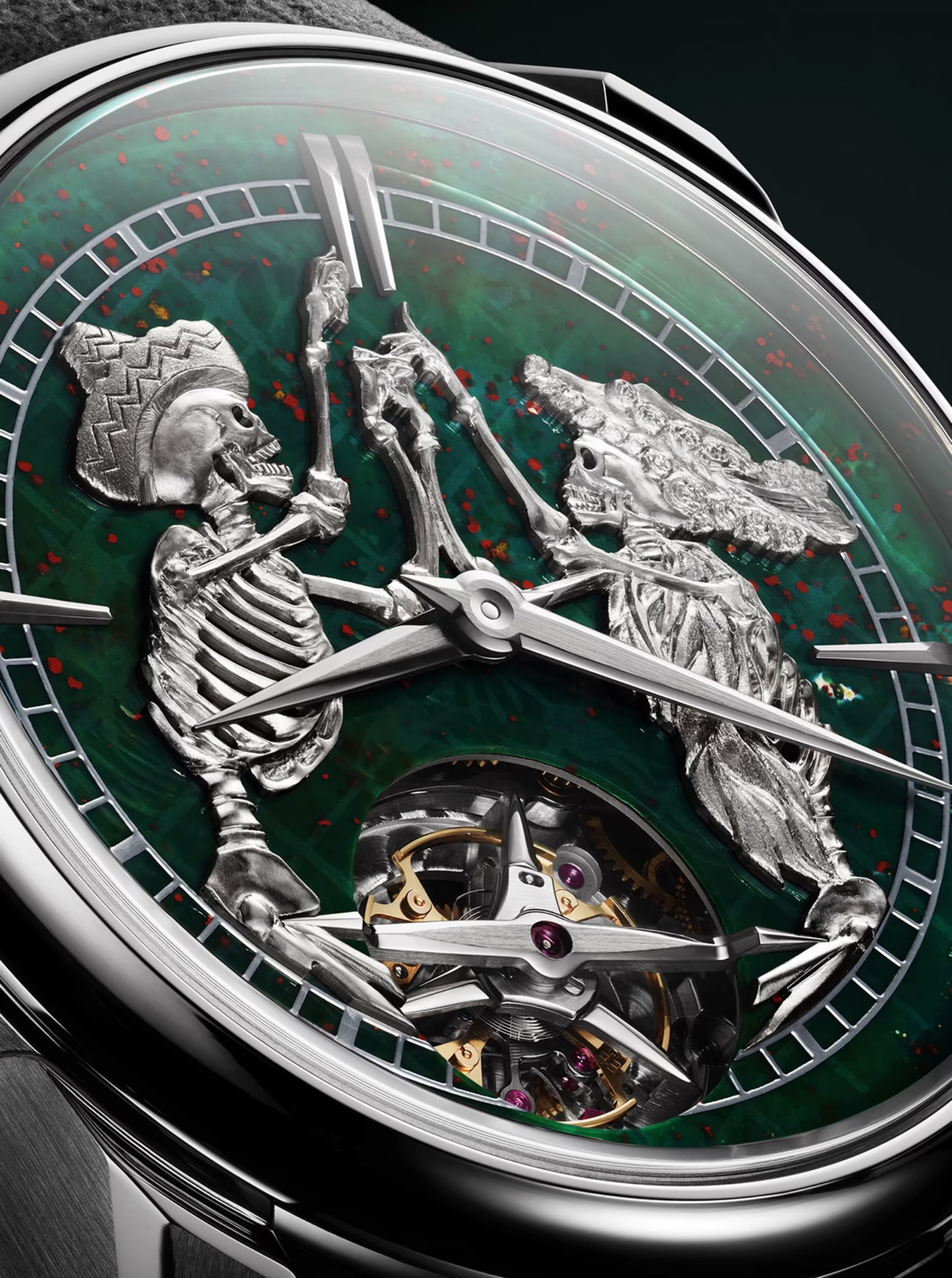
Winding the crown is to be pleasurable (no grating, with a pleasant clicking sensation).
We all want our crowns to be pleasurable.
I love how user pleasure is mentioned explicitly in the JCB Seal. Other certifications like the Geneva Seal or Patek Philippe Seal focus on technical and artistic pursuits, which do affect pleasure as a proxy, but they don’t mention it as one of their guiding principles. If I ever make my own watch, pleasure will be a top priority.
The back of the dial must be decorated (e.g., circular graining).
Ok, so apart from the watchmaker that made it, and the watchmaker that services it, no-one will see the back of your dial. Well, unless something really bad happens. Like you drop it off a four storey building and the whole thing smashes to pieces. Touch wood…
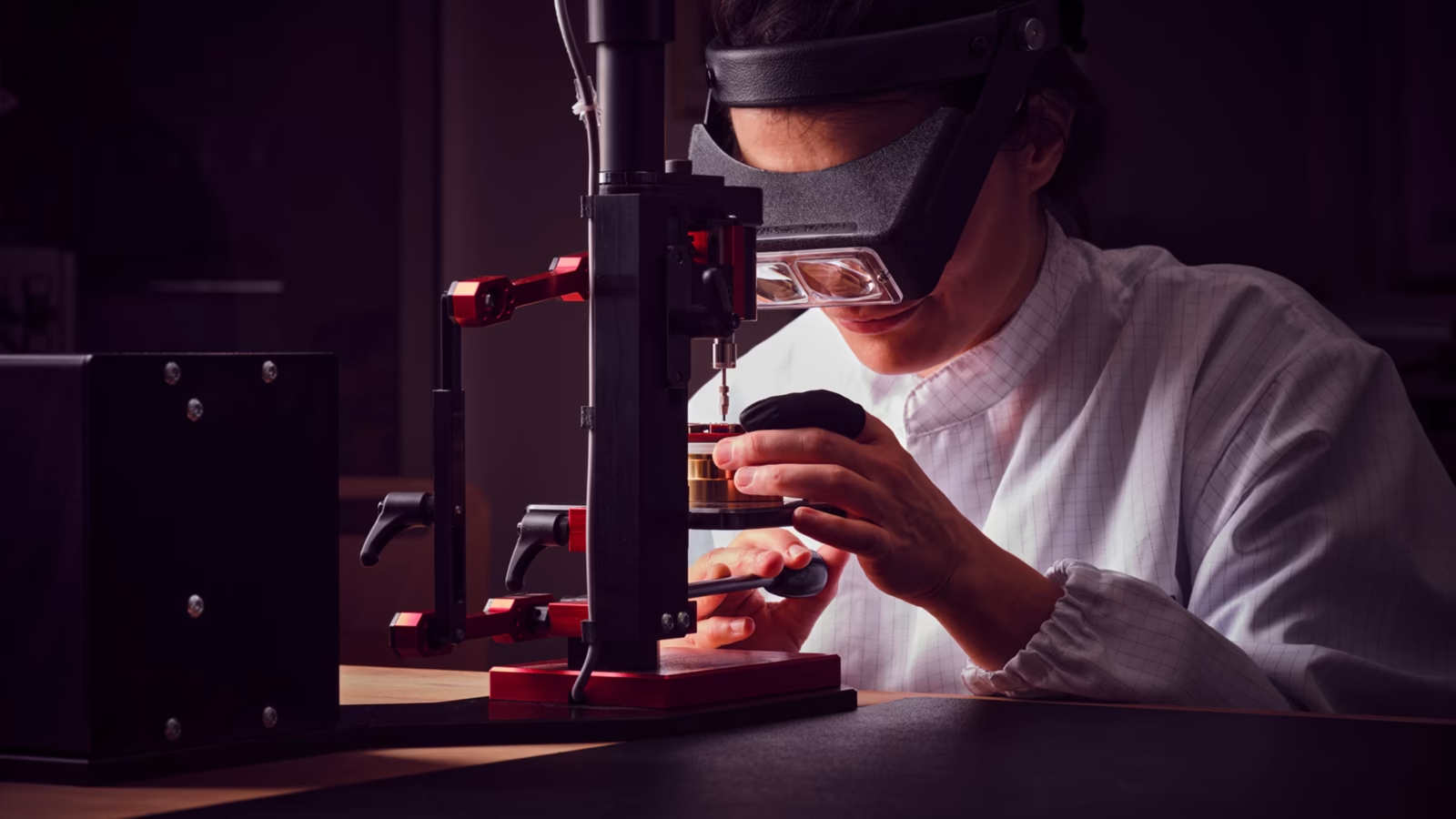
Attention to detail like this is pretty insane. No normal person would do it, and that’s why it’s so special. I can imagine Jean-Claude and Pierre squirming in their seats if they were told not to finish a part that no one would see. That’s the benefit of owning your own brand: you can do whatever the hell you want. No matter how insane it might seem.
.avif)
Biver takes Neoclassic horology and turns it up to 11. I will probably never own one, or even see one in person but it’s comforting to know that there are people in this world that will stop at nothing when creating their products. It’s the mentality I aspire to when telling stories, every detail matters.
It’s what you can't see that matters most
Cya in the next one x
Alright, here’s the full list of criteria in the JCB Seal.
Enjoy you absolute nerd. I love you.
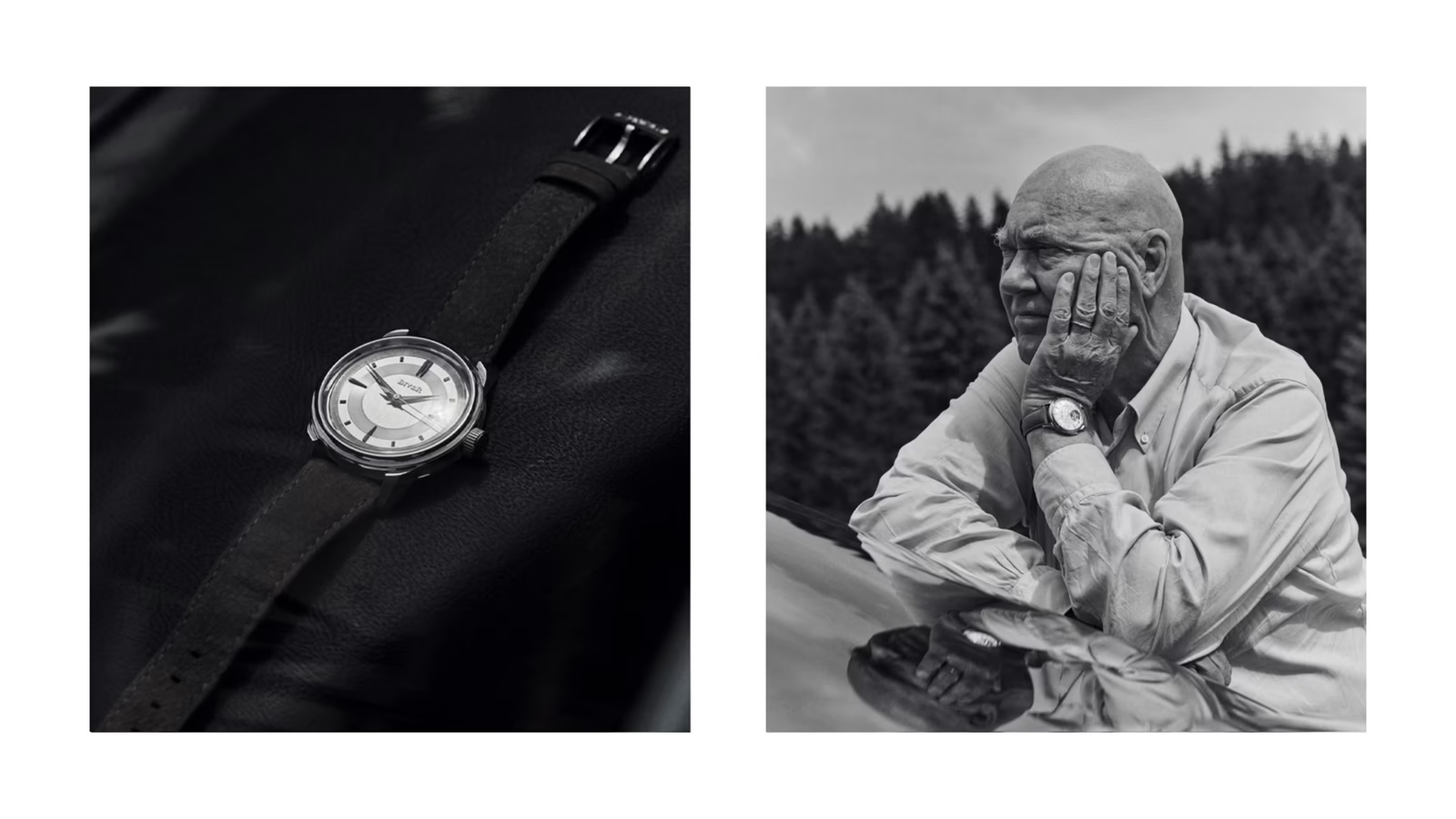
Steel parts
- Wire springs are not permitted, neither are pressed or folded steels.
- Springs are to be machined from spring steel (LIGA process not permitted).
- The flanks of steel components are to be satin-brushed.
- All steel parts are to have polished chamfers.
- The top face of steel parts are to be either straight-grained or mirror-polished.
- The functional surfaces of the steel parts are to be polished.
- Screw and pin countersinks are to be polished.
Arbors
- All pivot surfaces are to be burnished.
- Pivot tips are to be dome-polished.
- The tip of the cannon pinion is to be dome-polished.
- Pinions and pivot shanks are preferably hand-polished.
- Optional: The pinion toothing is preferably polished with a grinding wheel.
Wheels
- Wheels are to be pressed-riveted.
- Wheels are to be cut after the decoration has been applied (no galvanic treatment of the toothing).
- Wheels are to be circular-brushed on both sides.
- Wheel arms are to be chamfered on both sides.
- Optional (depending on the design): Wheels should feature a diamond hub flange.
Bridges
- Bridge flanks are to be satin-brushed.
- All bridge chamfers are to be polished.
- The top face of the bridges is to be meticulously decorated (Côtes de Genève, sunray brushing, circular-brushed, snailing, satin-finishing etc.)
- All screw and pin countersinks are to be polished.
- To the extent possible, all bearings are to be jewelled.
- In case of chatons surrounding the jewels, these are to be in solid gold.
Escapement
- The escape wheel and pallet are to be mirror-polished.
- The index assembly is to have a fine high-end adjustment (e.g., Geneva balance spring stud, triangular balance spring stud).
- The index assembly is to be mirror-polished.
- The balance wheel is to be of the variable inertia type.
- The balance felly is to be diamond ground on the inner, outer and top faces. • The balance wheel is to be fitted with a shock absorption system.
- In a movement without a tourbillon, the escape wheel is to have end stones.
- Optional: A Breguet overcoil balance spring is preferred.
Pins
- Pins must be dome-polished at both ends.
- Pins are preferable to shoulder screws.
- Pins are to be imperatively tapered to prevent burrs when driven in.
Screws
- Screw heads are to be chamfered and mirror-polished.
- Screw foot ends must be dome-polished.
- Case screws are preferably in stainless steel.
Tourbillon
- In a watch with a tourbillon, the upper tourbillon bridge and cage plate are to be meticulously finished (mirror-polished, chamfered, circular-brushed, satin-brushed etc.)
- Components are preferably made of titanium to minimize the tourbillon’s weight and improve chronometric performance.
Referencing
- The movement is to be identifiable with a calibre number and a movement number.
Automatic movement
- Oscillating masses are to be either in gold or platinum.
- The self-winding mechanism is to be bi-directional to exploit both directions of rotation.
Chronometric performance
- Movements must meet or exceed COSC rating requirements.
Build quality
- The stops of the winding shaft are to be firm and precisely locked in. There is to be no unnecessary movement and any play in the hands is to be minimal.
- Winding the crown is to be pleasurable (no grating, with a pleasant clicking sensation).
- A hacking seconds function is preferable.
- The movement is to meet the Chronofiable standard.
- Jumping indications for functions and complications are preferable (e.g., calendar).
Case
- The caseback is to be sealed with screws (no clip-on or screw-in backs).
- The bezel is to be secured with screws (not by pressure).
- Crystals (front and back) are to be made from sapphire with an anti-reflective treatment on the inner surface.
- There is to be no surface treatment on the case.
- The movement is to be cased-up gaplessly (without a casing ring).
- The movement is to be held place imperatively with stepped movement clamps. An exception may be made for minute repeaters, which are to be screwed directly onto the case.
- The movement clamps are to be made of stainless steel.
- The construction of the case must ensure it is water-resistant.
Hands
- Hands are to be made of 18K gold, except when subjected to significant mechanical stresses, e.g. chronograph hands.
- Where hands are blued, steel is permitted, provided the traditional flame-bluing process is employed.
Dial
- Indexes, applied markers and windows must be made of 18K gold.
- The back of the dial must be decorated (e.g., circular graining).
Gem-setting
- The quality of the gem-setting must be flawless.
- The diamonds used must have a minimum clarity of VVS1, and a colour rating of D to F.
Water resistance
- All watches are to be water-resistant to 5 ATM and 2 ATM for gem-set timepieces
Testing & waranty
Test
All cased-up watches are subject to a final validation protocol. The protocol covers the following points:
- Water resistance
- Accuracy
- Power reserve
- Functions and/or other calendar indications
- Aesthetics and fit (case, dial, hands, movement, casing-up, bracelet, clasp etc.)
Warranty
Watches certified with the JCB Seal come with a minimum of 3-year warranty and are to be repairable throughout their lifetime.
Did you make it all the way? Well done x.
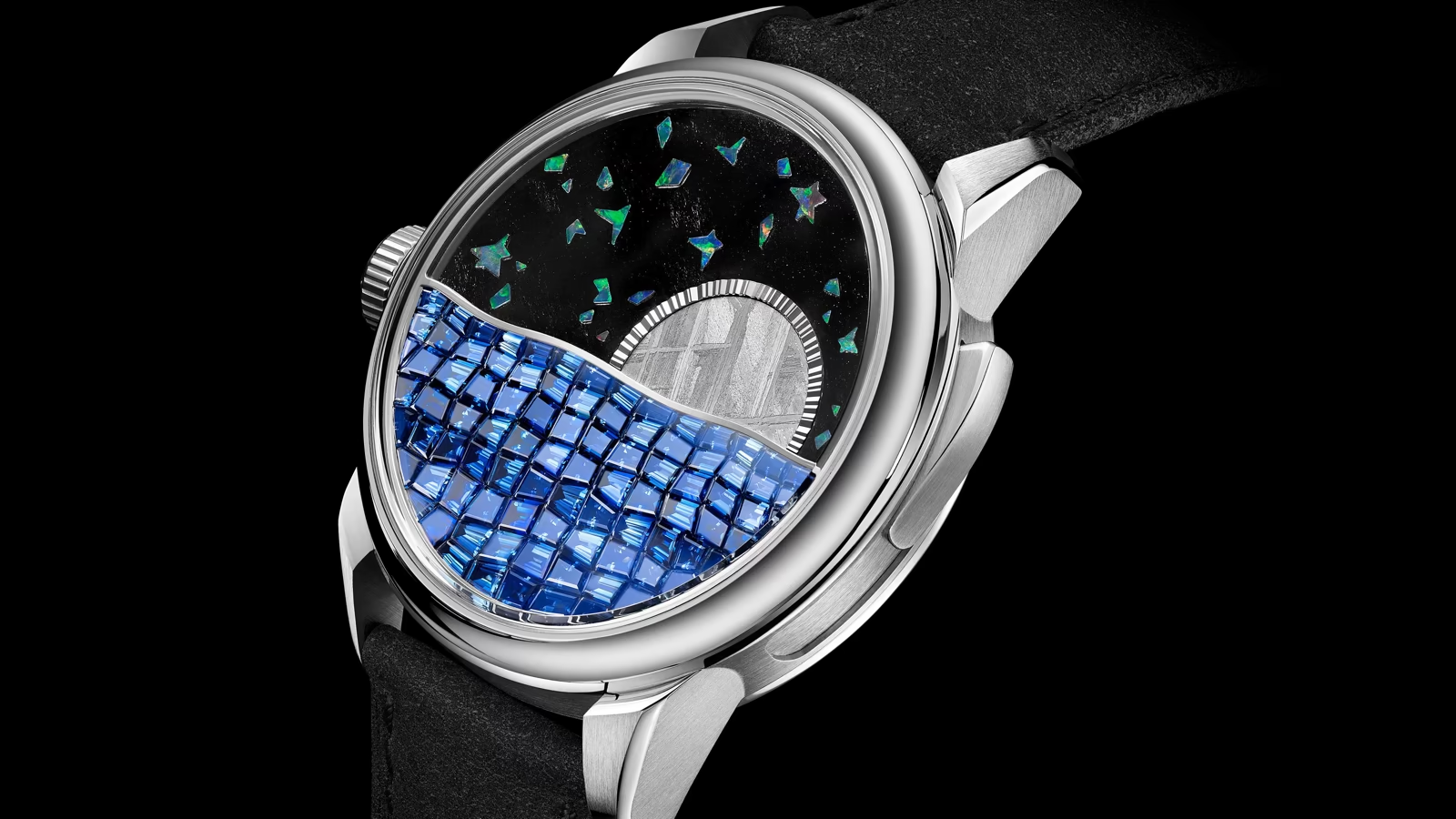
.webp)
.avif)

This story was created in partnership with our good friends at .

.avif)
.avif)

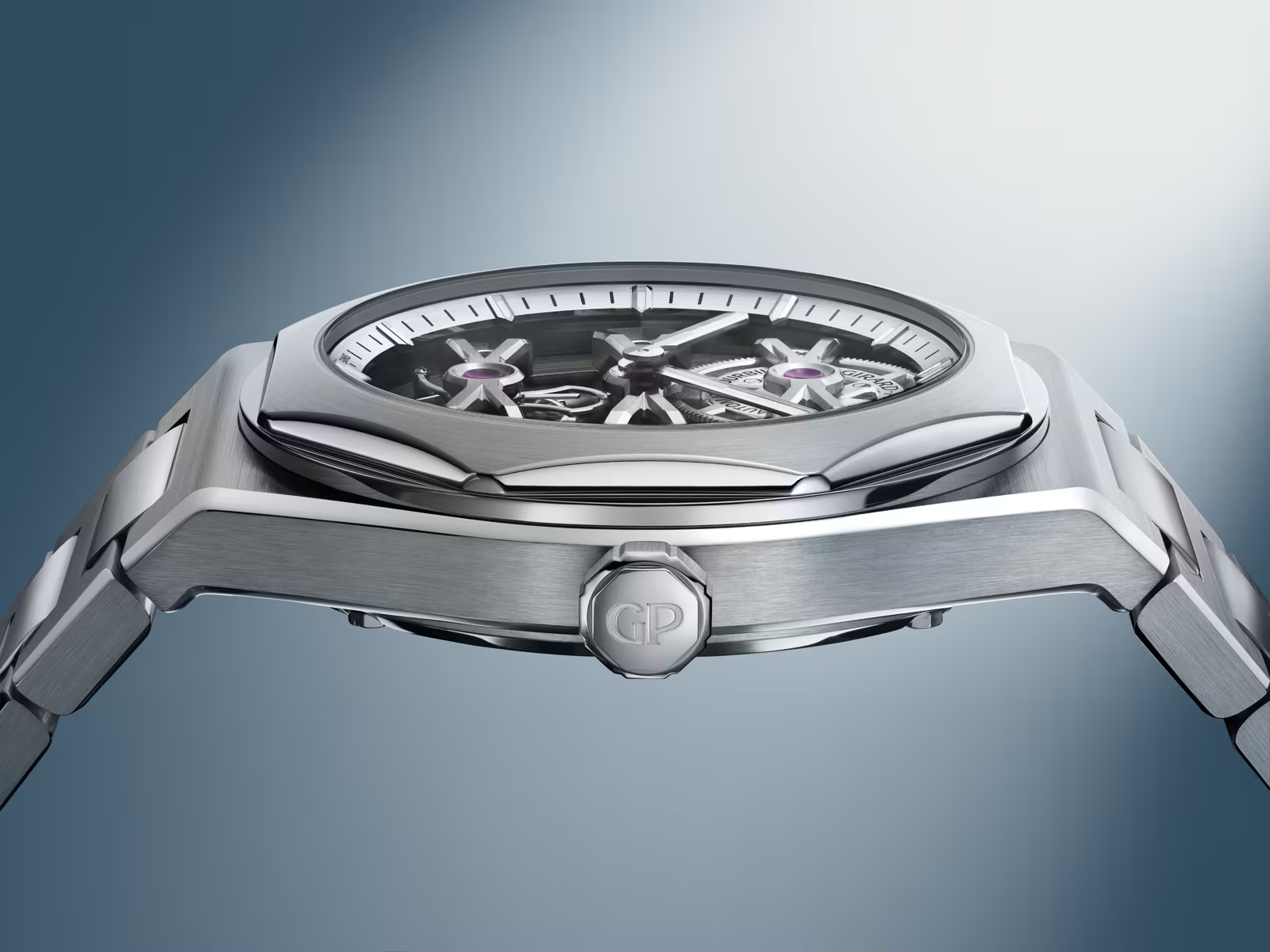
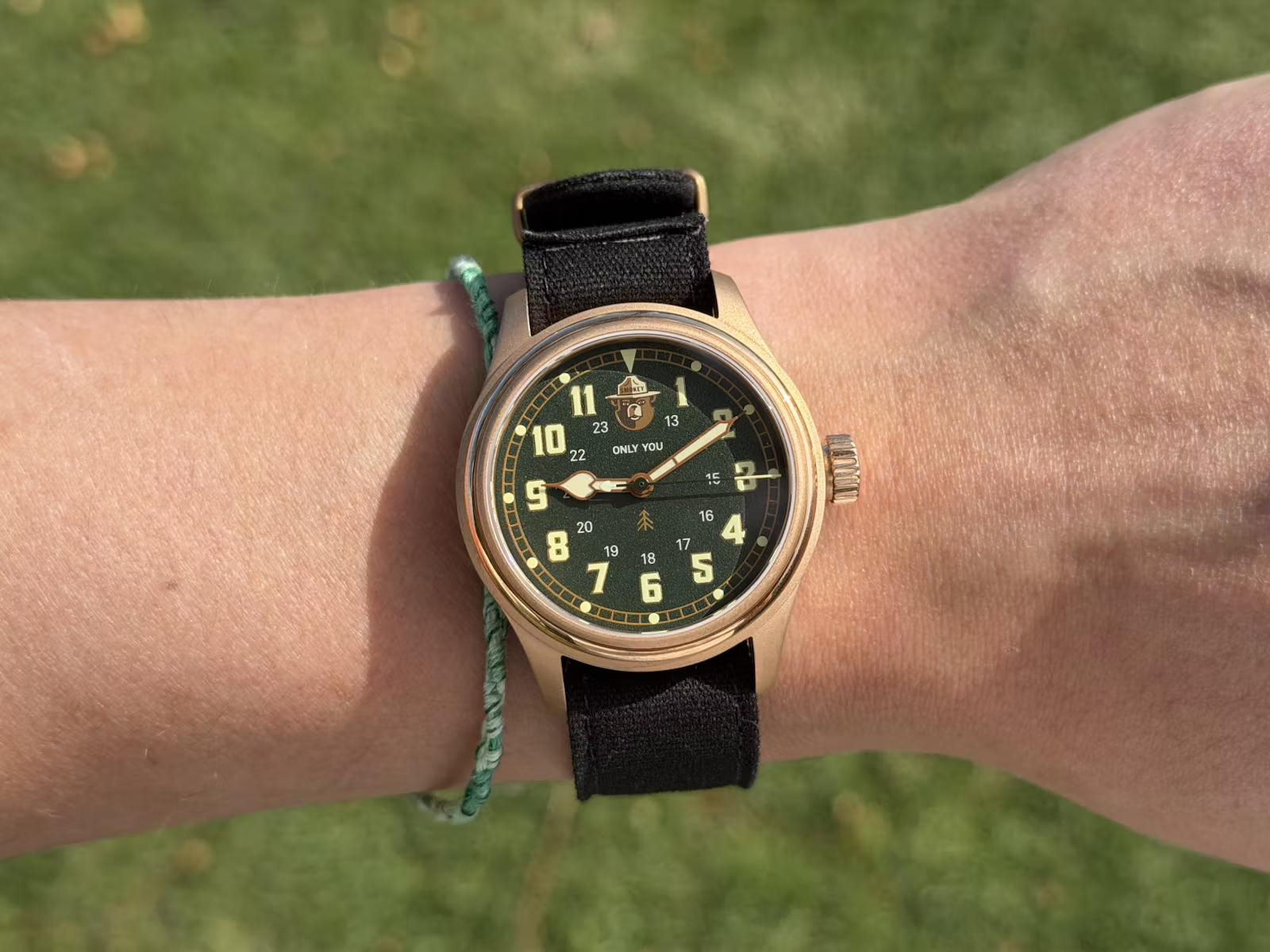
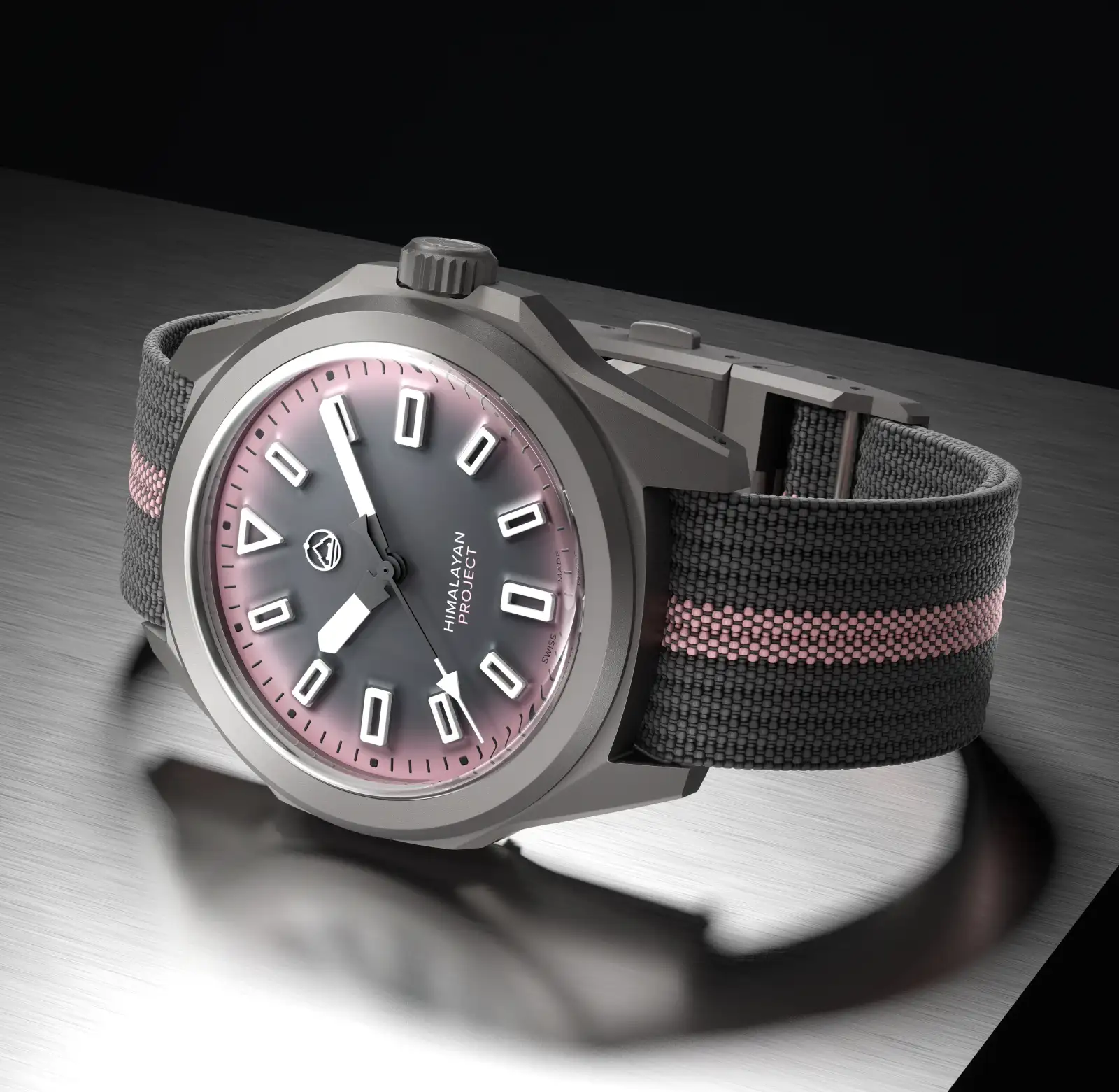
.webp)